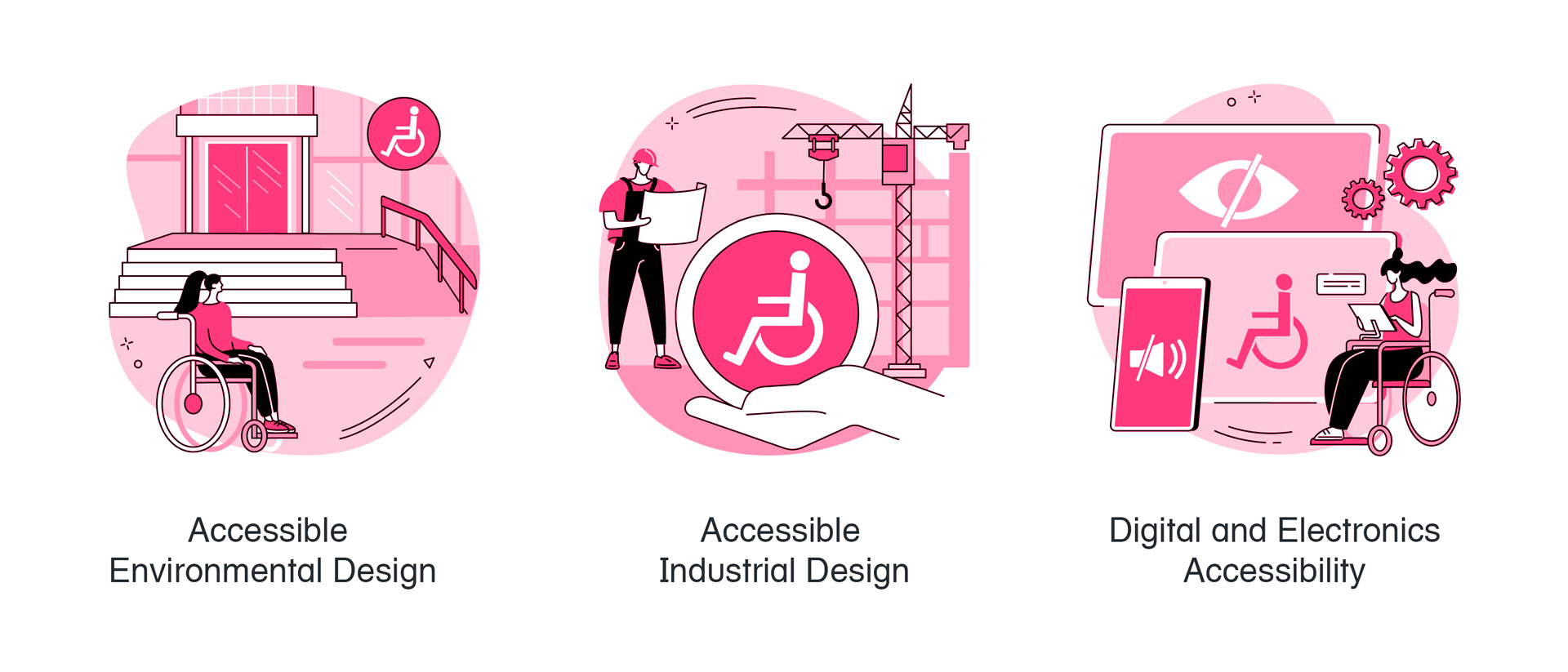In recent years, the push for more accessible urban design has gained significant momentum, driven by a growing recognition of the numerous benefits it brings to communities. Accessible urban design is not only a matter of social responsibility but also a catalyst for economic growth and development. Here, we explore how investing in accessible urban infrastructure can yield substantial economic advantages for municipalities.
Enhancing Consumer Base and Economic Activity
When cities prioritize accessibility, they effectively expand their consumer base. By ensuring that buildings, sites, and facilities are safely accessible to everyone, including individuals with disabilities, municipalities create an inclusive environment that attracts more visitors and customers. This increased foot traffic can lead to higher sales for local businesses, fostering a vibrant and thriving local economy.
Boosting Tourism and Hospitality Sectors
Tourism is a major economic driver for many cities, and accessibility plays a crucial role in attracting tourists. Travelers with disabilities and their companions are more likely to visit and spend money in destinations that are easy to navigate and offer accessible amenities. By investing in accessible transportation, accommodation, and attractions, municipalities can tap into this growing market segment, boosting their tourism and hospitality sectors.
Supporting Local Businesses
Local businesses benefit greatly from accessible urban design. Accessible storefronts, restaurants, and public spaces ensure that all customers can participate in the local economy. Moreover, businesses that demonstrate a commitment to accessibility often earn a positive reputation, attracting a loyal customer base and enhancing their competitive edge.
Increasing Employment Opportunities
Accessible urban design also creates more employment opportunities. When transportation, buildings, and public spaces are accessible, people with disabilities can more easily participate in the workforce. This inclusion not only benefits individuals but also helps address labor shortages and enriches the local economy by broadening the talent pool available to employers.

Fostering Innovation and Development
Investing in accessibility often drives innovation in urban planning and design. Municipalities that prioritize accessibility can become leaders in developing new technologies and solutions that improve the quality of life for all residents. These innovations can attract businesses and investors, further stimulating economic growth.
Reducing Long-Term Costs
While there may be initial costs associated with implementing accessible urban design, these investments can lead to significant long-term savings. Accessible infrastructure reduces the need for costly retrofits and renovations in the future. Additionally, accessible cities are better equipped to serve an aging population, potentially reducing healthcare and social service costs.
Improving Quality of Life
Ultimately, accessible urban design enhances the overall quality of life for all residents. A community that is inclusive and supportive fosters a sense of belonging and well-being, which can lead to greater civic engagement and social cohesion. These factors contribute to a more stable and prosperous community, attracting new residents and businesses.
The economic benefits of accessible urban design are clear. By creating inclusive and accessible environments, municipalities can boost their economies, support local businesses, attract tourists, increase employment opportunities, foster innovation, and reduce long-term costs. As the City of Quesnel’s Accessibility Committee demonstrates, a proactive approach to accessibility not only improves the quality of life for residents but also lays the foundation for sustainable economic growth. Embracing accessible urban design is a smart investment that pays dividends for communities and economies alike.
Connect with KIMBO Design
At KIMBO Design we have a highly experienced team of writers, designers, and programmers who can create your ideal accessibility solutions. From accessibility standard guideline documents to website accessibility compliance KIMBO can guide you to the right solution.
Why not call the team at KIMBO Design at 604-738-6448 or contact us by e-mail. We’ll help strategize an approach that makes the most of your opportunities to better communicate with your target audience.


